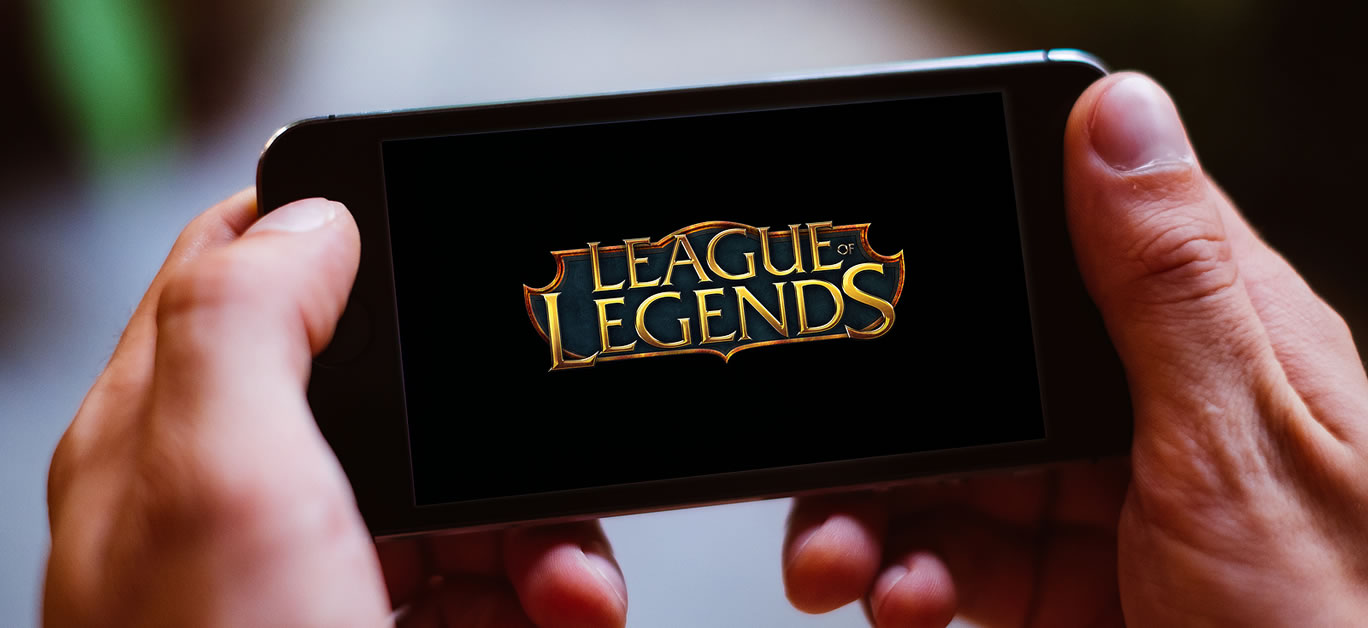The video gaming industry has simultaneously offered the most premium product of popular entertainment as well as the most accessible titles on the market. Leaning heavily into its technological innovations, such as the latest consoles and top-class virtual reality hardware, the underbelly of far less, lighter experiences are actually what have propelled gaming to the top of the entertainment charts.
Expensive hardware and heavily publicised games – those that seek to offer the very best that can be put on show – are always in the public eye, but it’s free gaming that makes headlines for its revenues. The incredibly accessible free-to-play titles continue to reel in millions, if not billions of dollars each year, and yet, the gaming community often shuns the products as lacking in value.
With so much popularity, however, there must be something to free gaming that offers people a sense of quality entertainment and fun.
Examining the free gaming product
There are two distinct forms of free gaming products, and even though they both entail gaming for free, the quality and depth of the product tend to vary a great deal. The form that most have become accustomed to is the mobile freemium product, which grants you access to most of a game, with optional payment options available to speed-up progress and buy the locked features of the game, as detailed by PsychGuides.com. Usually, these will feature a form of online competition or multiplayer comparison mechanics to inspire pay-to-win purchases.
The other form of free gaming is widely seen as being less coercive and the preferred method of monetising a free game. Predominantly used in PC gaming, particularly those banking on a competitive scene, the whole game and all of its content is available, but players can pay for cosmetic additions, such as new character skins. All of 2019’s free gaming revenues combined to account for 80 per cent of global digital game revenues, with free mobile spending nearly quadrupling that of free PC spending in the largest market.
Finding a luxury experience in free gaming
In the two examples above, there’s a clear distinction between shallow games aimed at inciting in-game purchases to get the full product and games that use the freemium model to fund a complete and often regularly updated title. However, even holding cosmetic items behind a paywall could be seen as a game withholding part of the experience with additional payments.
It can take a long time for a free-to-play game to earn enough to warrant significant updates that make it a luxury or desirable product, which is why the premium free products tend to be long-running games, like DOTA 2 and League of Legends. Due to the benefits seen by publishers offering free games, though, more are creating premium products in this model, as seen by Epic’s Valorant. Other game platforms seek to make free gaming more premium, too.
In the space of online casino gaming, however, free gaming is being used in its most traditional way: a way for players to try before they buy. Now, several of the best online casinos rated by CasinoWings.com give no-deposit bonuses, which offer free play on their real-money, premium titles. In this sense, luxury can be found in free gaming, especially because casino gaming has long been associated with lavish, luxurious occasions.
There is an overriding sense of getting what you pay for in gaming, though, which enables gamers to dismiss free mobile titles to the same degree that they covet the latest triple-A console games. For the most part, the industry is more than willing to abide, but there is an exception from time to time. As an example, in the battle between the two costly new consoles, PlayStation decided to up the competition by including a free but innovative and charming game, per Eurogamer.net, in the form of Astro’s Playroom.
Given the hours of immersive entertainment that they provide, most premium games are worth their price tags, while much of free gaming offers its value by comparison. That said if you enjoy a free game enough to want to spend more time and money in its digital world, who’s to say that it isn’t a luxury product?






















